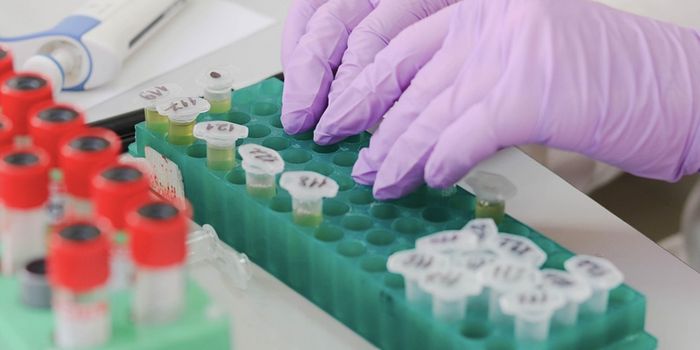Could Microplastics Disrupt Cellular Processes in Human Lungs and Livers?
Microplastics are tiny pieces of plastic that are shed from the larger pieces of plastic that we use every day. As plastics are exposed to ultraviolet radiation, heat, or mechanical abrasion, microplastics are generated. Microplastics routinely enter the human body through plastic-contaminated food or through inhalation.
Nanoplastics are the smallest type of microplastic and are smaller than one micrometer. Nanoplastics are especially concerning to scientists because they are so small that they might be able to enter cells. Scientists believe that this could result in cellular activity being disrupted.
Though the effect of microplastics on the human body is still largely unknown, scientists are working to find answers. In a new study published in the journal Environmental Science & Technology, scientists purposefully introduced microplastics to cultured liver and lung cells in a laboratory to observe the effect on the cells’ chemical processes.
First, the scientists used fluorescent tags to investigate whether or not the microplastics entered the cells. They found that microplastics do enter the cells and accumulate in the cytoplasm in both cell types.
Next, the scientists used electron microscopy to investigate whether the microplastics resulted in mitochondrial damage. They found evidence of mitochondrial damage in both cell types, but the damage was more significant in the lung cells. As the cells were exposed to nanoplastics, they produced more reactive oxygen species and different amounts of nucleosides, amino acids, peptides and carboxylic acids.
These cellular changes indicate that metabolic processes within the cells were disturbed. These markers of mitochondrial damage increased as the cells were exposed to more microplastics, indicating that the effects of microplastics could be compounded with higher amounts of microplastics.
The scientists also noted that exposure to microplastics did not kill the cells. This suggests that while exposure to nanoplastics does not kill human lung and liver cells, it could disrupt critical processes. Though more research on this topic is needed for conclusions to be made, disruptions from microplastics could cause negative impacts to organs.
Sources: Nature, Environmental Science & Technology








